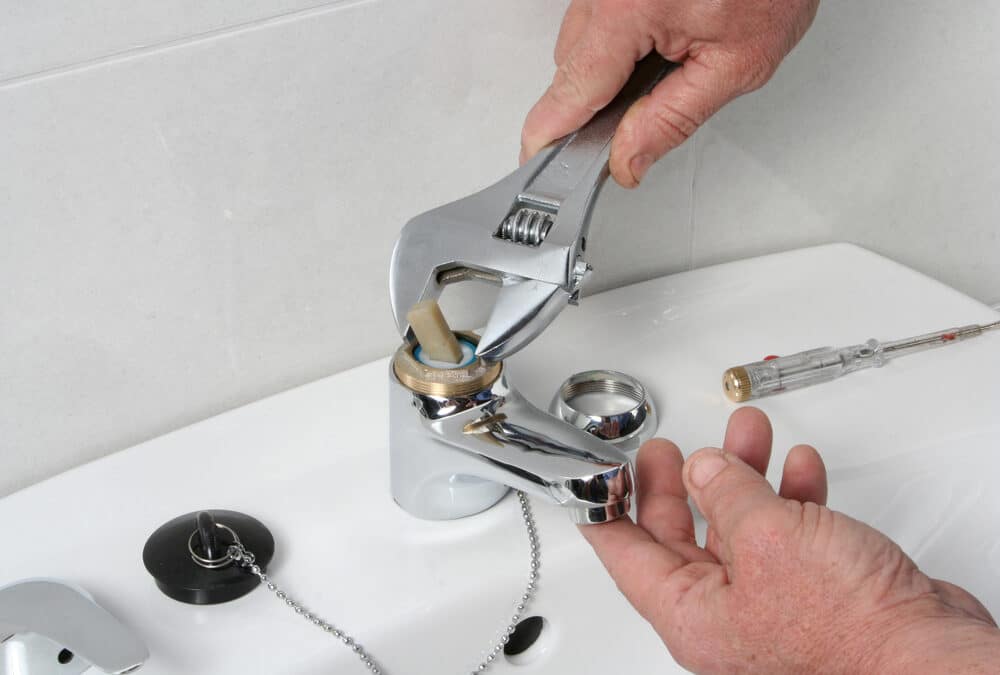Your faucet is one of the most important parts of your sink. Yes, every part of the sink is vital, but without the faucet, you have no way of controlling the water flow or temperature as it exits the pipes and into your hands. You never realize how important this faucet is, until it stops working properly. Whether it’s a leak, spraying water, loss of control of temperature, or even if you’re just wanting to replace your faucet with a new one for aesthetic purposes, sometimes a faucet replacement is necessary! If you’re having problems, or you’re just hoping to avoid issues, here are a few of the most common problems that arise when you’re installing a new faucet!
You bought the wrong kind of faucet
Buying a new faucet seems like a simple task. You can absolutely change the style of faucet, but you’ll need to get a faucet that has the same configuration as the faucet that you are replacing. Make sure you check the back of your old faucet and count the number of openings, before you head out to purchase your new faucet. You don’t need a faucet with three holes if your sink only has one hole.
Your old connections are stuck
An issue that often arises with old plumbing is that the connections can get stuck together due to corrosion and hard water deposits. If this is the case for your sink, a DIY repair can be dangerous and potentially damaging to your pipes. Don’t try to force the connections apart, because it can cause the pipes to completely break apart. Then you’ll be left with needing to replace all of the piping, instead of just the faucet.
Your old pipes are corroded or weak
Depending on the age of your home and the material that your pipes are made out of, it’s possible that your old pipes could be damaged. Cast iron and galvanized steel pipes will rust over time, and need to be replaced. This can affect the installation of your kitchen faucet. You don’t want the pipe to break, and may need the water supply to your kitchen shut off while this issue is resolved, which is often best handled by a plumber who can gently fix or detach your pipes to help you get your faucet installed correctly without causing any further damage.
